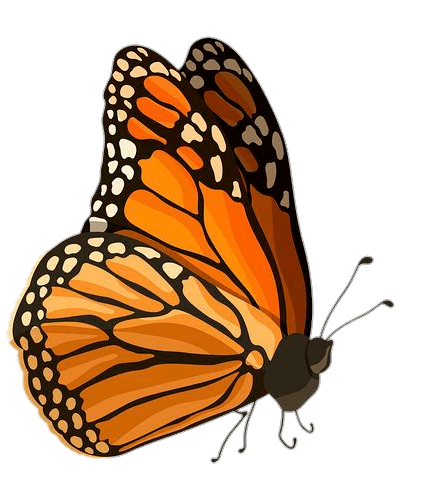
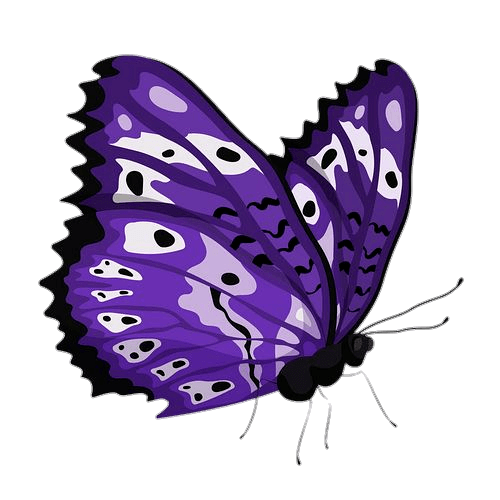
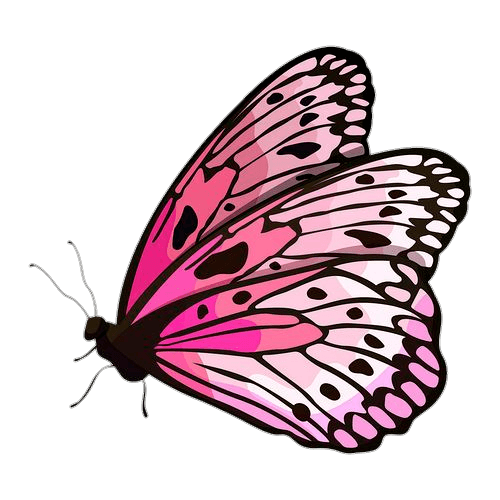

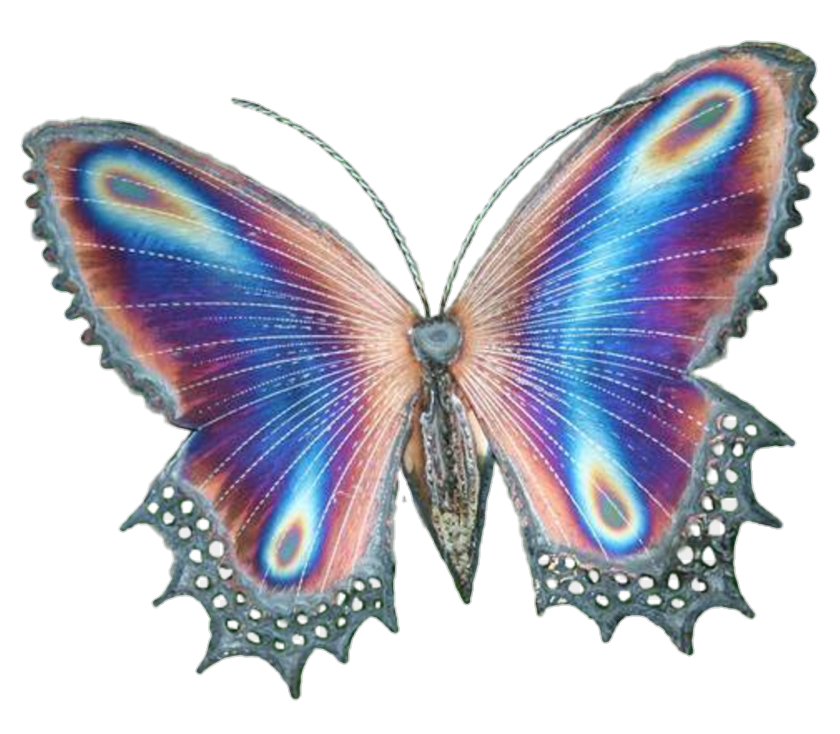
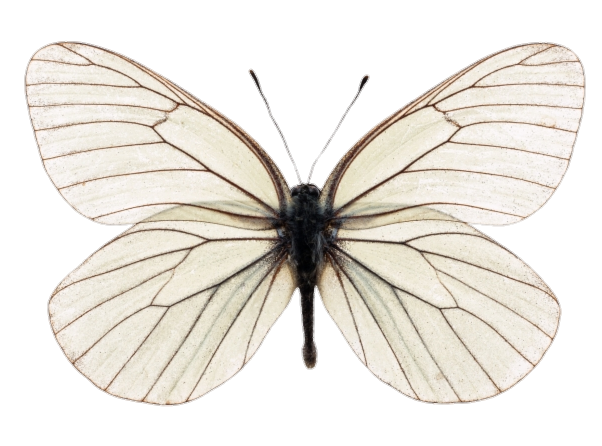
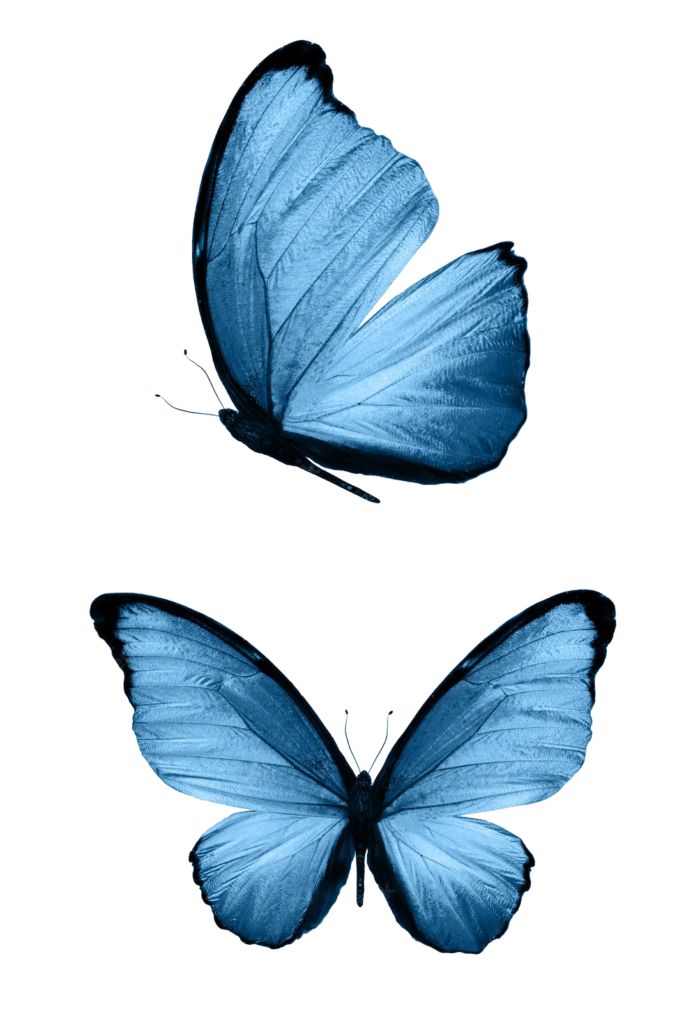
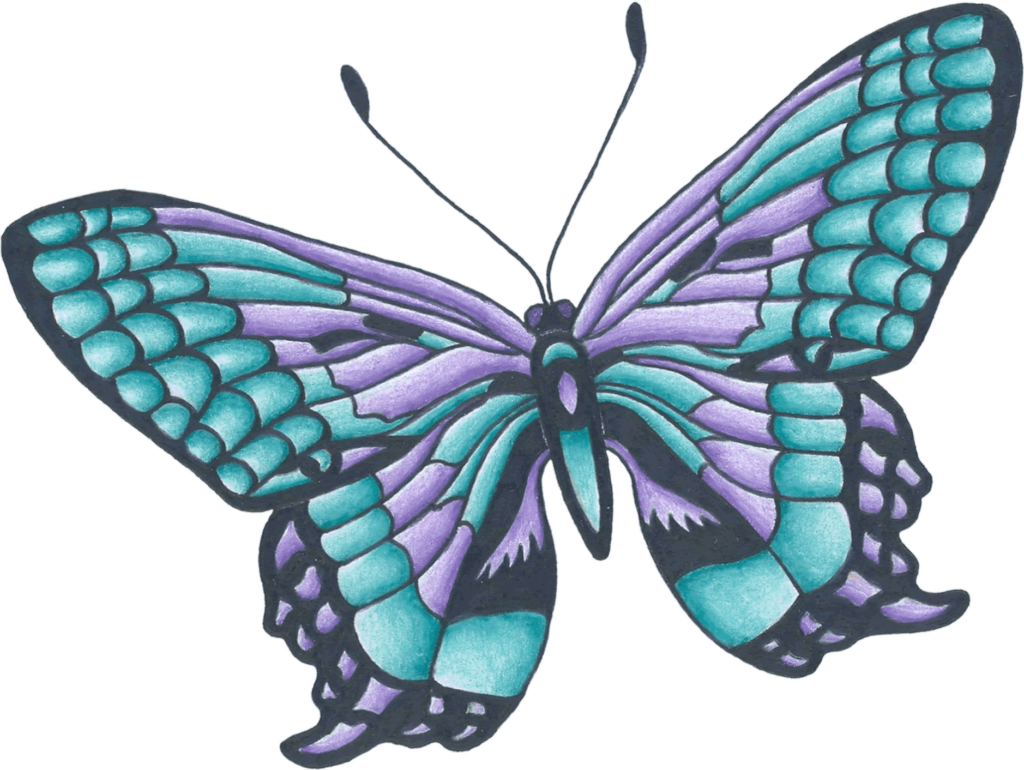
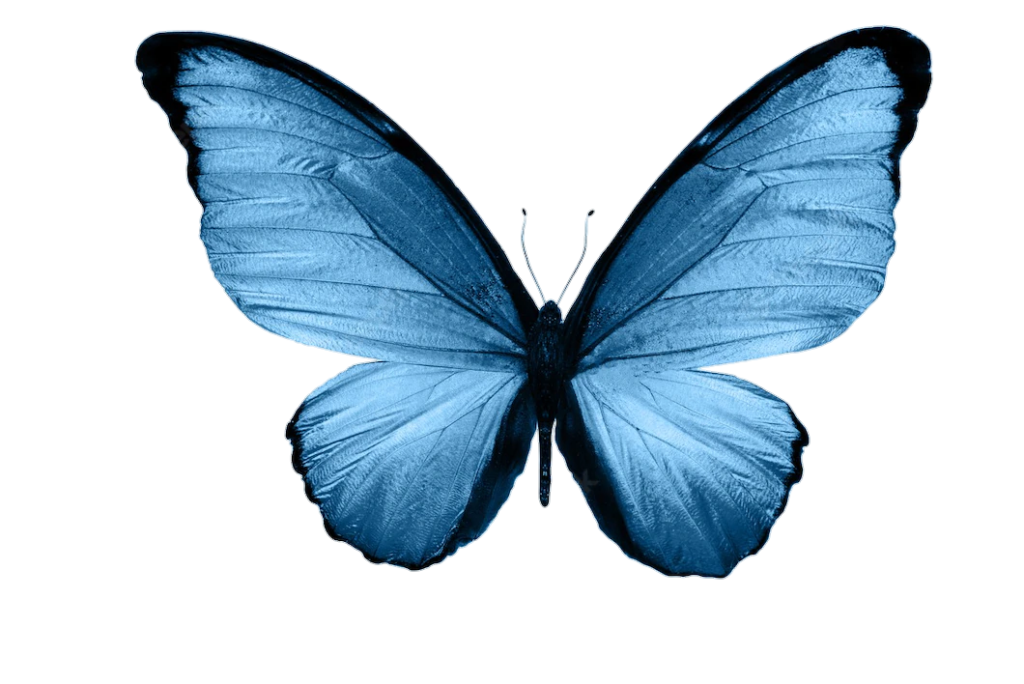
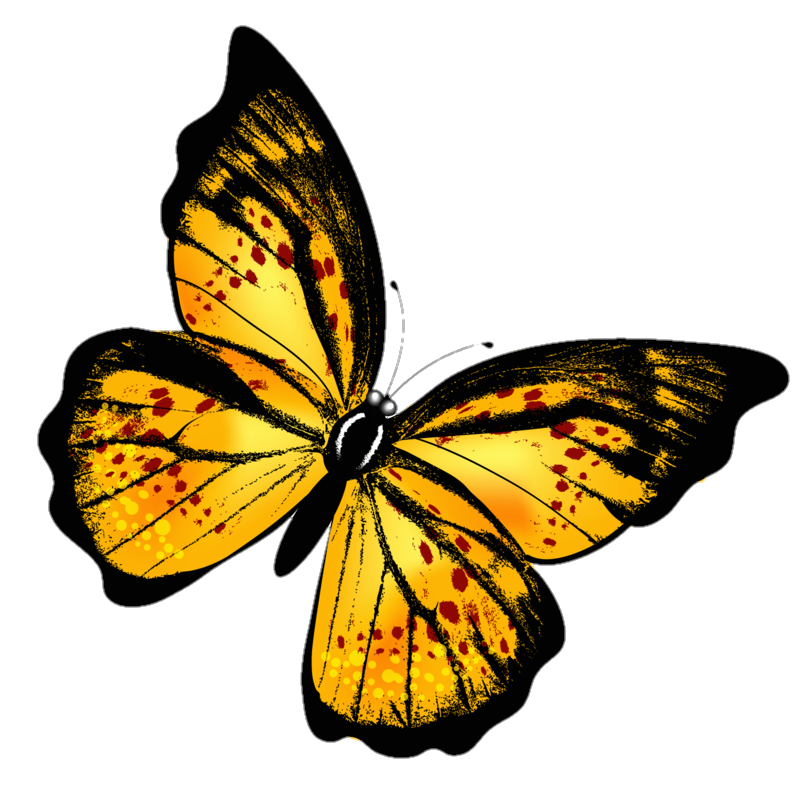
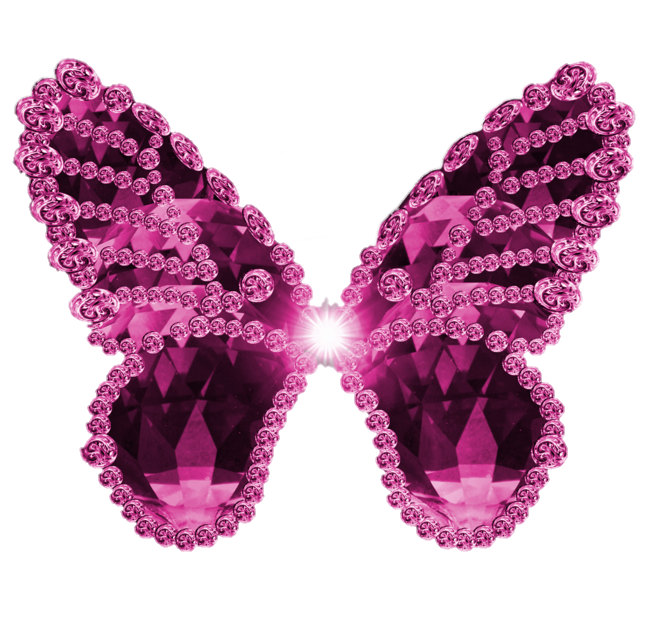
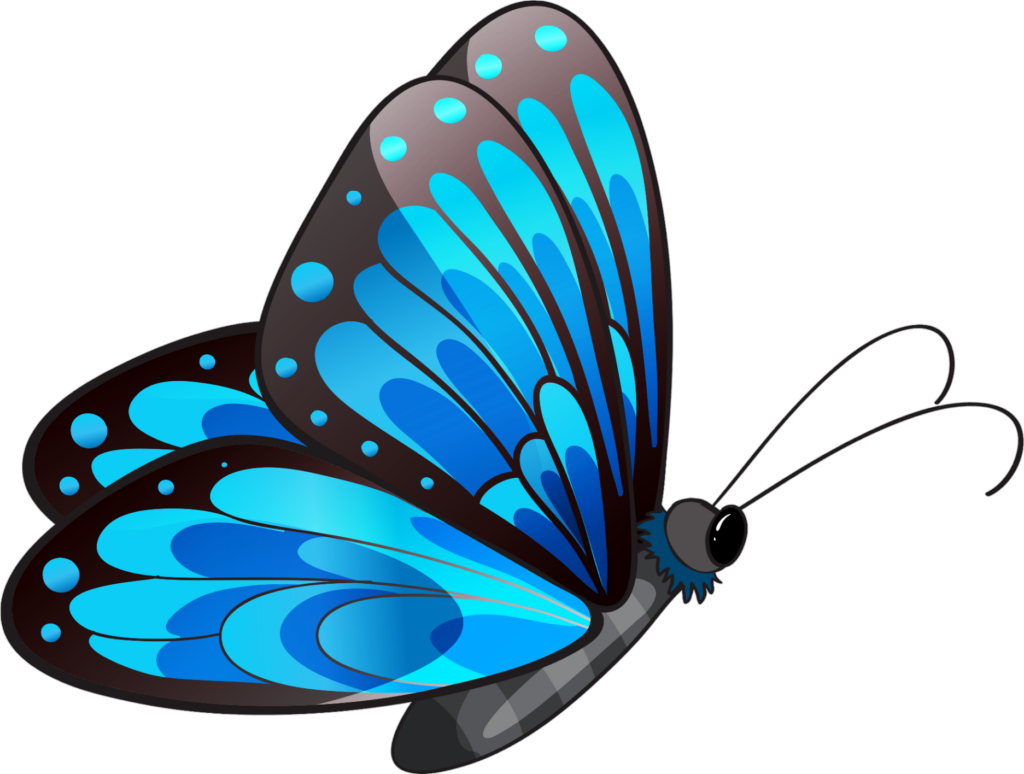
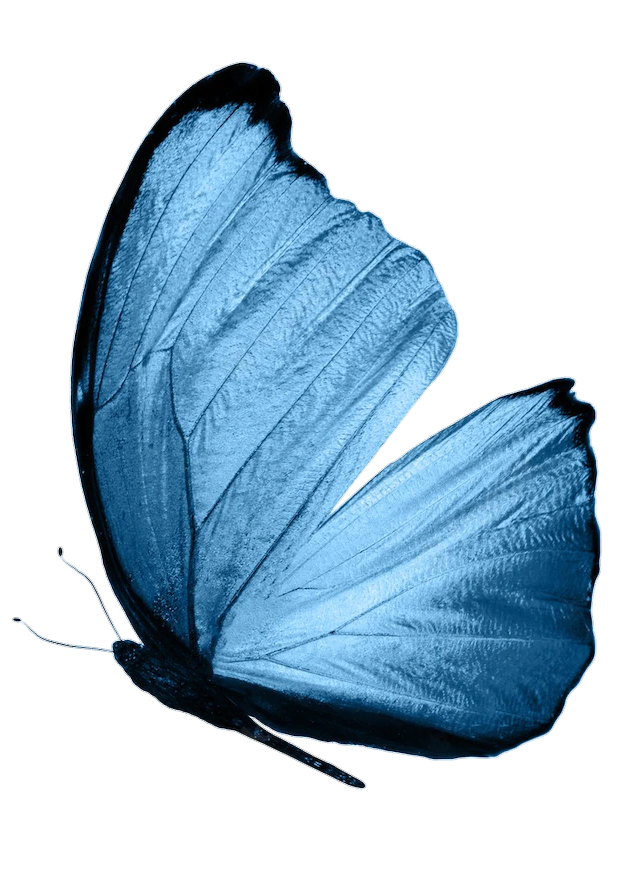

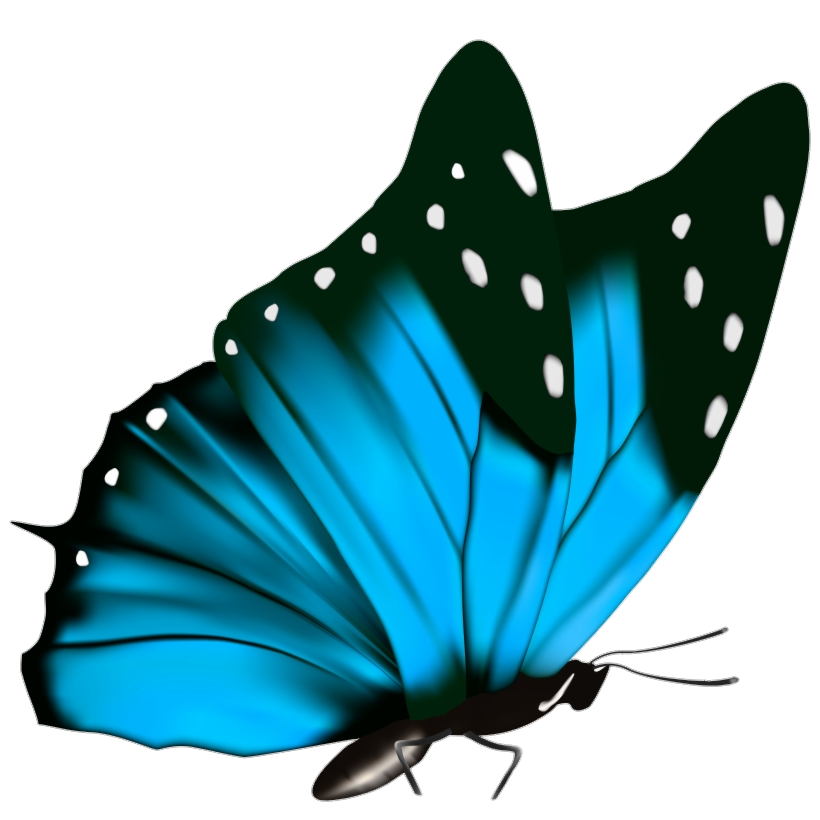
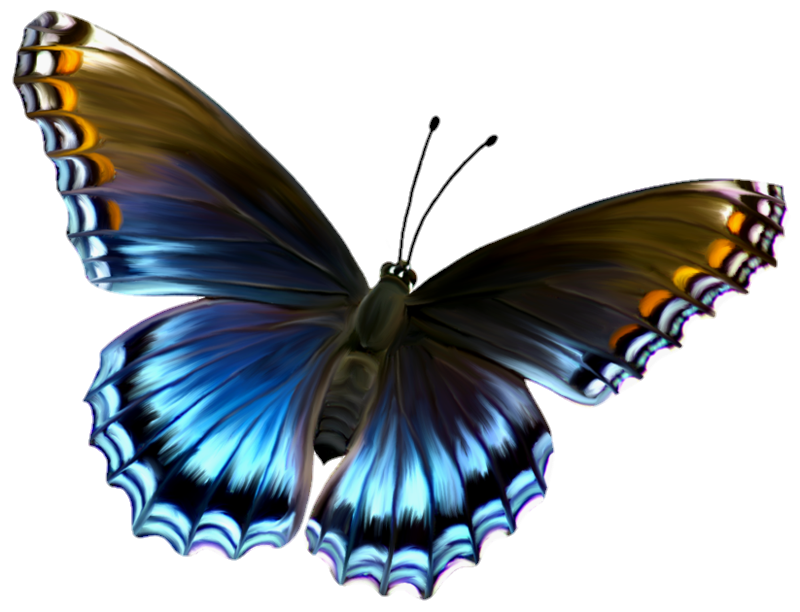
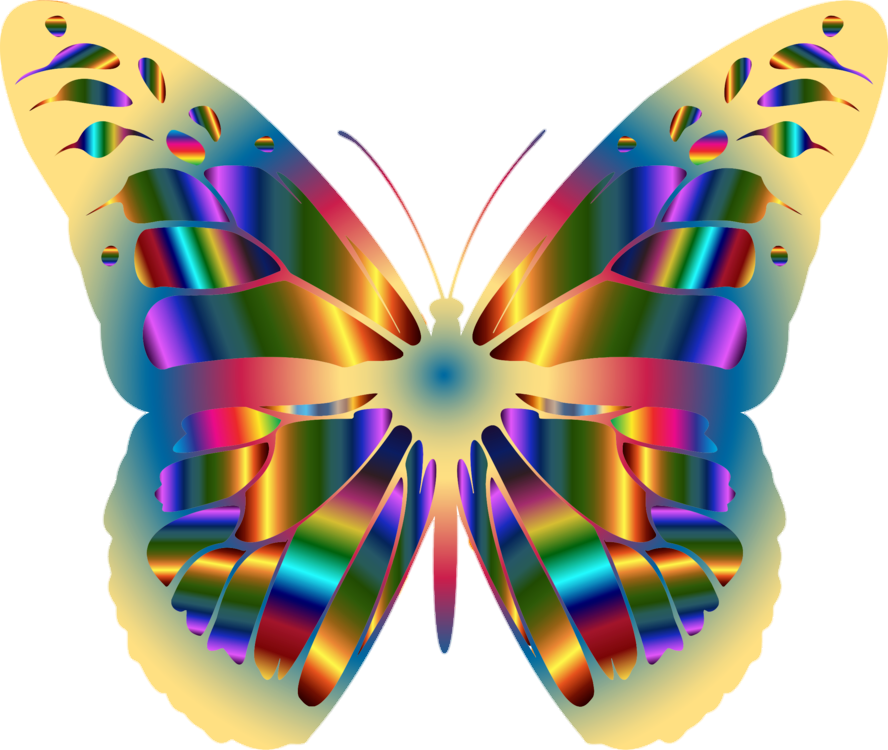

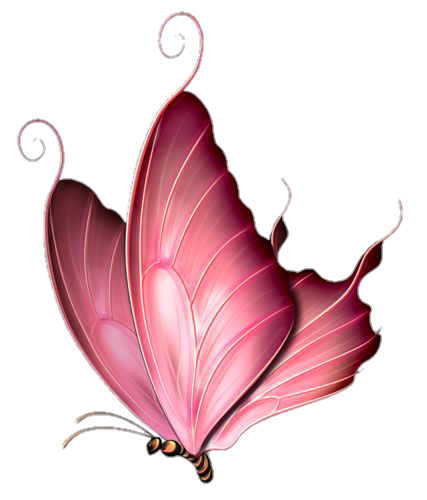


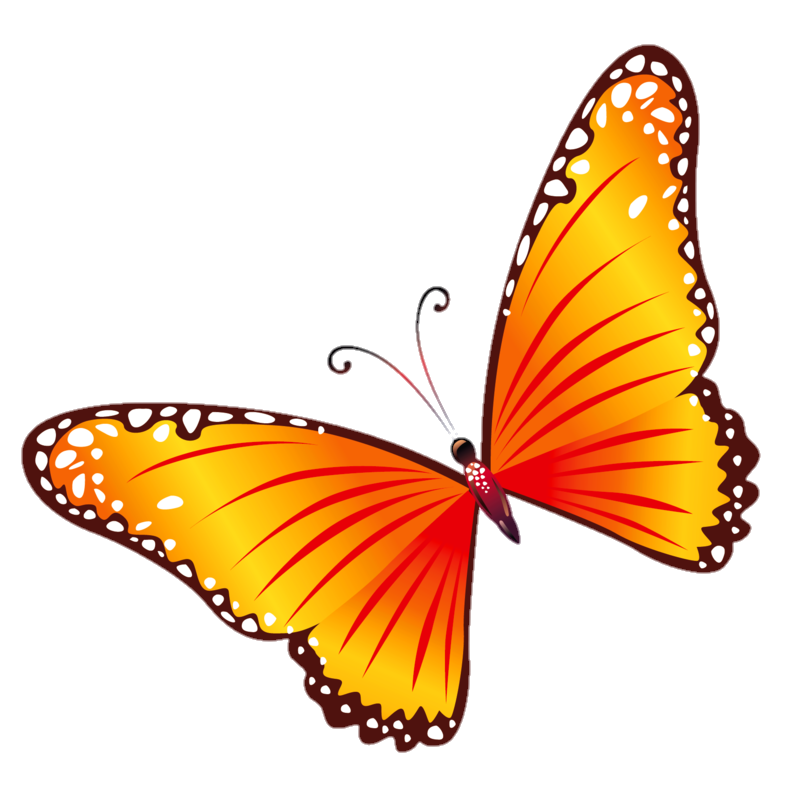
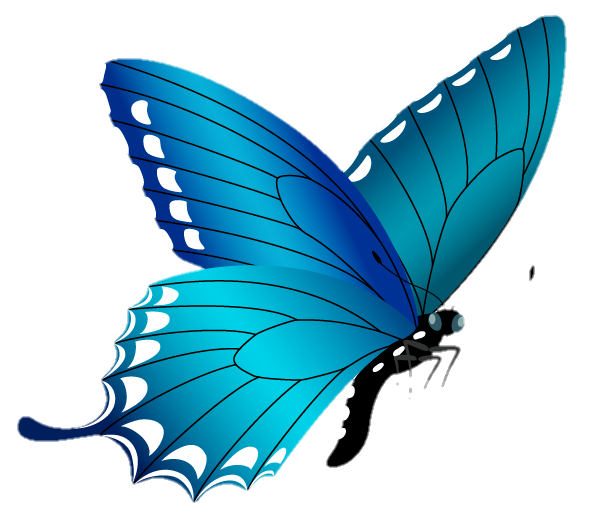
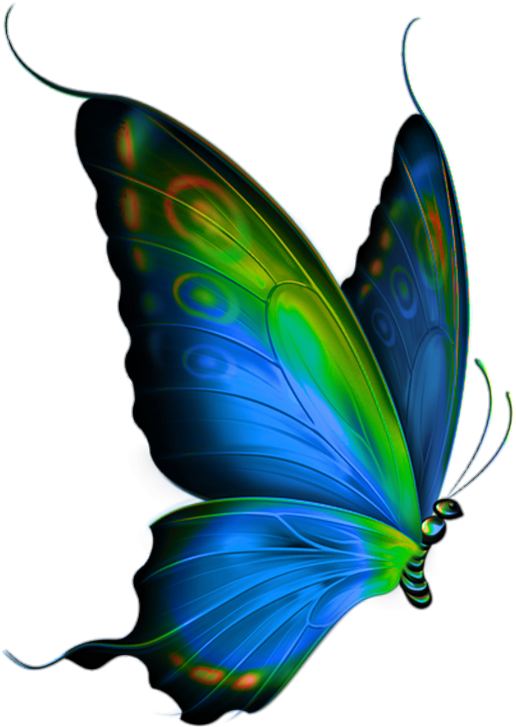
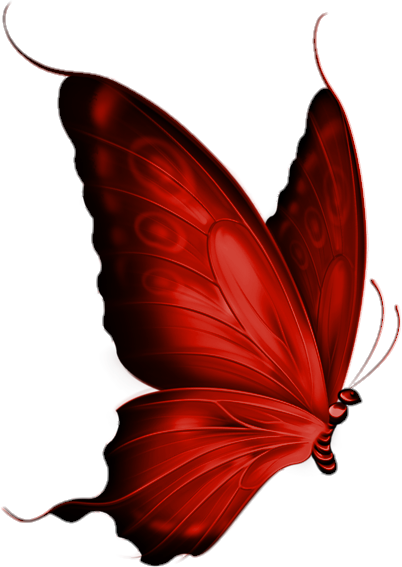

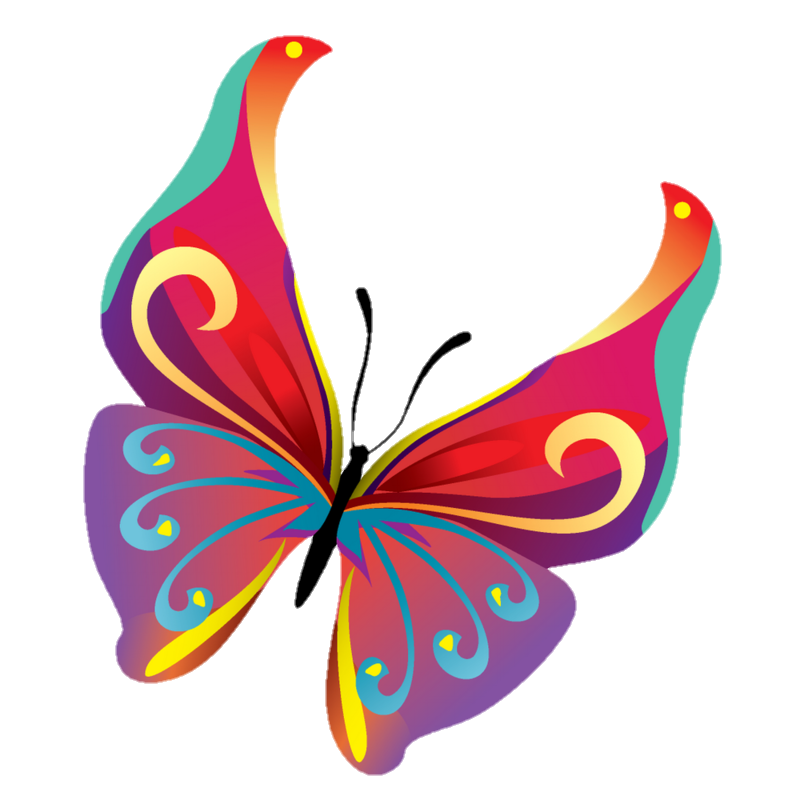
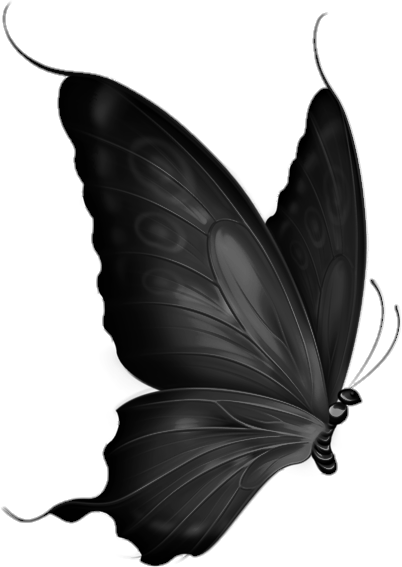
With their vibrant colors and graceful flight, butterflies have long captivated the human imagination and symbolized beauty and transformation. These enchanting insects belong to the order Lepidoptera and are known for their unique life cycle, which undergoes a metamorphosis from a humble caterpillar to a magnificent butterfly.
The life cycle of a butterfly is a remarkable process of transformation. It begins with the tiny, oval-shaped eggs laid by the adult female butterfly on the underside of the leaves. These eggs hatch into caterpillars, which are voracious eaters and feed on plants to fuel their rapid growth. As they grow, caterpillars undergo a series of molts, shedding their exoskeletons to accommodate their expanding bodies. During this phase, they can display various colors and patterns, some of which serve as protective camouflage.
After intense feeding and growth, the caterpillar enters the pupa or chrysalis stage. Inside the chrysalis, the caterpillar undergoes a complete metamorphosis, breaking down its old body and transforming into a completely different form. This transformation process is miraculous and is often seen as a metaphor for personal growth and change in human life.
Emerging from the chrysalis, the adult butterfly unfolds its wings and takes flight for the first time. The wings, adorned with intricate patterns and vivid colors, serve a dual purpose: they aid in flight and are used in courtship displays. Unlike other insects, butterflies can taste with their feet, which helps them identify suitable host plants for laying eggs.
Butterflies play a vital role in various ecosystems. As pollinators, they facilitate the reproduction of many flowering plants by carrying pollen from one flower to another. This process enables the plants to produce fruits and seeds, contributing to biodiversity and ecological balance. Without butterflies and other pollinators, many plant species would struggle to survive, leading to a cascading effect on other animals that depend on these plants for food and shelter.
Moreover, butterflies are an essential part of the food chain. They are a source of nutrition for various predators, including birds, spiders, and insects. Their presence indicates a healthy environment, as they are highly sensitive to changes in their habitat. The decline in butterfly populations can signal environmental issues and serve as a wake-up call for the need for conservation efforts.
Beyond their ecological significance, butterflies have left an indelible mark on human culture and symbolism. They have been associated with the soul, transformation, and rebirth throughout history. In many cultures, butterflies represent hope, beauty, and freedom. Their temporary nature, with a relatively short adult lifespan, has led them to be seen as symbols of the transient nature of life.
Butterflies have inspired artists, writers, and poets for centuries. Their graceful flight and striking colors have found their way into countless pieces of art and literature. Many ancient myths and folklore have linked butterflies to love, transformation, and spiritual journeys.

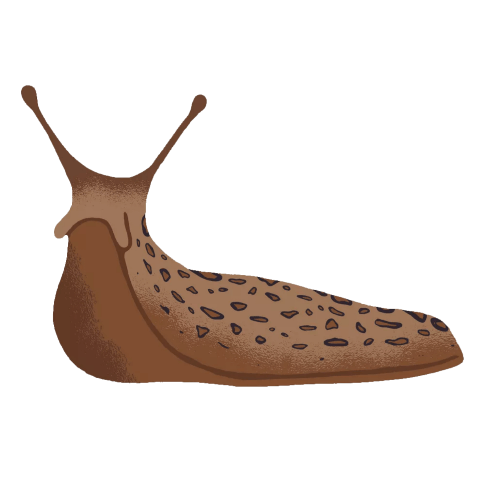
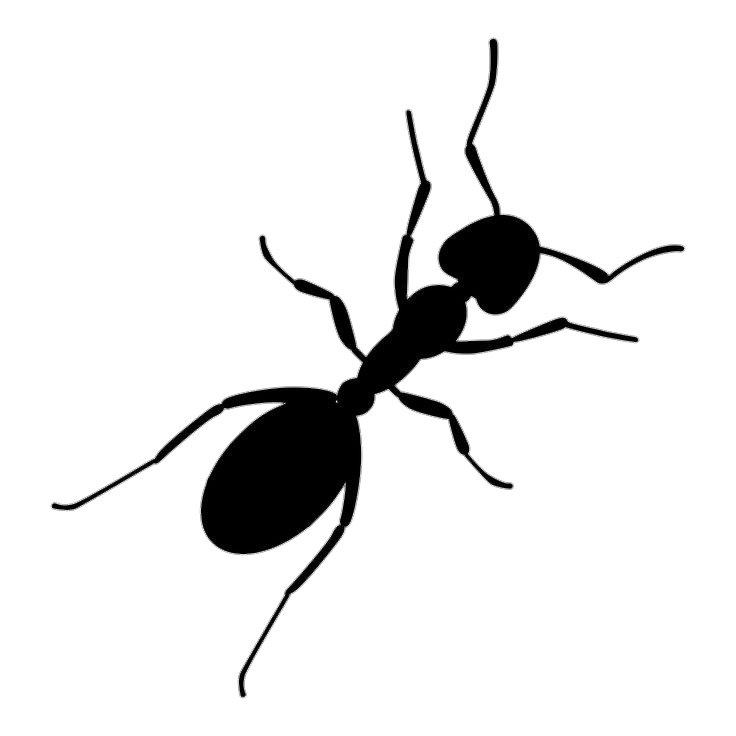
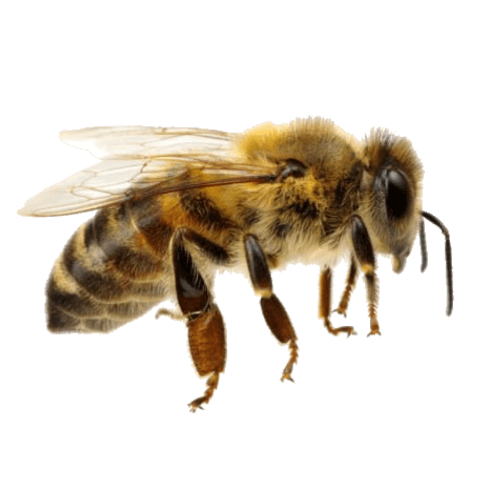
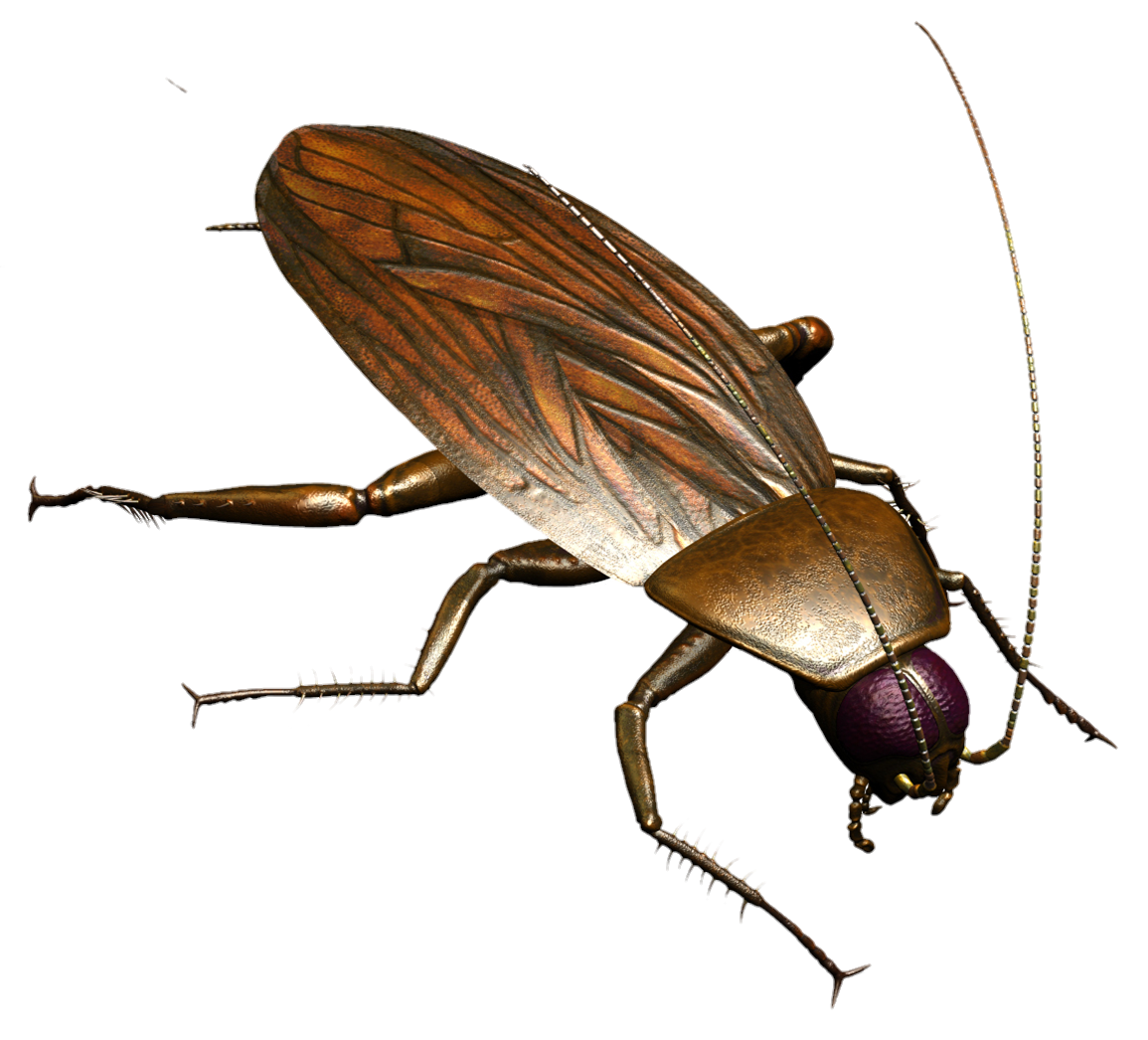
Leave a Comment